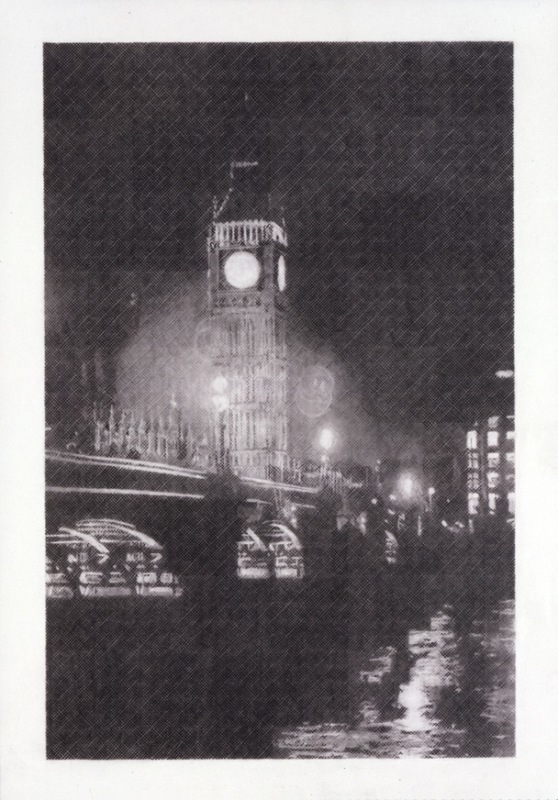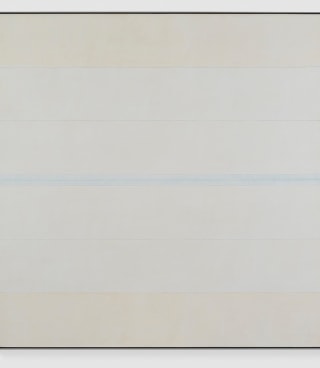Vija Celmins - Ewan Gibbs - Agnes Martin
Timothy Taylor Gallery are proud to present an exhibition that brings together three distinct artists, Anges Martin, Vija Celmins and Ewan Gibbs and reveals their shared sensitivity of approach and an absorption into process and mark. This selection of drawings, prints and paintings is united by a fragility and lightness of touch; the artists’ hand achieves a pitch of emotion that reverberates, quietly emotes and, at times, is guardedly reticent.
Vija Celmins’ depictions of ocean surfaces, desert floors, spider webs and star-scapes are deceptively simple, for the technique of the artist is labour-intensive. A rare chance to see a painting by Celmins; ‘Night Sky No 8’, (1994-95) is a small fragment of the Universe, the paint not quite reaching the edge of the canvas and so emphasizing the infinity of the cosmos. The simplicity of the black sky sprinkled with stars disguises the thought and pain-staking effort involved in the process.
“I tend to end up with a simple-looking single image that may have six months of work under it…it begins to have this strange quality which you get to a certain point…it lets you in for a bit and you think you may be seeing something that isn’t there.”
Vija Celmins
Agnes Martin’s grids of drawn lines across paper or canvas are reduced responses in contemplation of the natural world. ‘Untitled 14’, (1981) is a stunning example of Martin’s pared down abstraction, the pale candy colours used in her later work are seen here in delicately painted horizontal lines, suggesting the natural beauty of New Mexico where she lived between 1954 to 1957.
“The function of the art work is the stimulation of sensibilities, the renewal of memories of moments of perfection”.
Agnes Martin
Ewan Gibbs’ drawings are created from hundreds of minute pencil circles and dashes drawn into the grid of a sheet of graph paper. In ‘Trafalgar Square’ (2001) Gibbs depicts a boy chasing pigeons, capturing the essence of this fleeting moment with a carefully orchestrated network of ink markings on a grid. The places that the drawings ultimately add up to are reduced and atomized. The codified language of marks creates the possibility of endless repetition and expansion.

